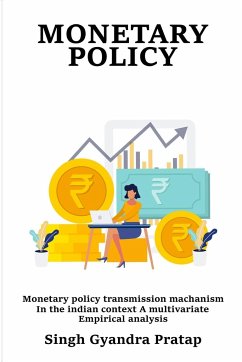Introduction and Review of Literature "Although physicists can quantify the impact of gravity, they seem mystified about how that force is transmitted; they should attribute the force to imaginary particles called "gravitons". Economists studying monetary policy should relate. While we can forecast with some certainty the impact of a change in policy; we are still uncertain about how policy affects spending" D. P. Morgan1 1.1 Scope of the Study Research on monetary policy has always occupied much time of the world¿s most distinguished economists. Monetary policy actions are transmitted to the real economy with long and variable time lags. Thus policy makers need to assess the various channels through which their actions transmit to the real economy. This dissertation investigates the implications of changes in the structure of Indiäs financial markets and economy over time on various channels of monetary policy transmission (MPT). The empirical literature on MPT in India, although started expanding during postliberalization period still remains limited compared to that of advanced countries. Based on various time series econometric models, the present study provides empirical evidence on the four channels of MPT: interest rate channel, credit channel, asset price channel and exchange rate channel. The quantitative assessment about the relative strength of these four transmission channels may provide valuable insights to the policy makers and academicians.




